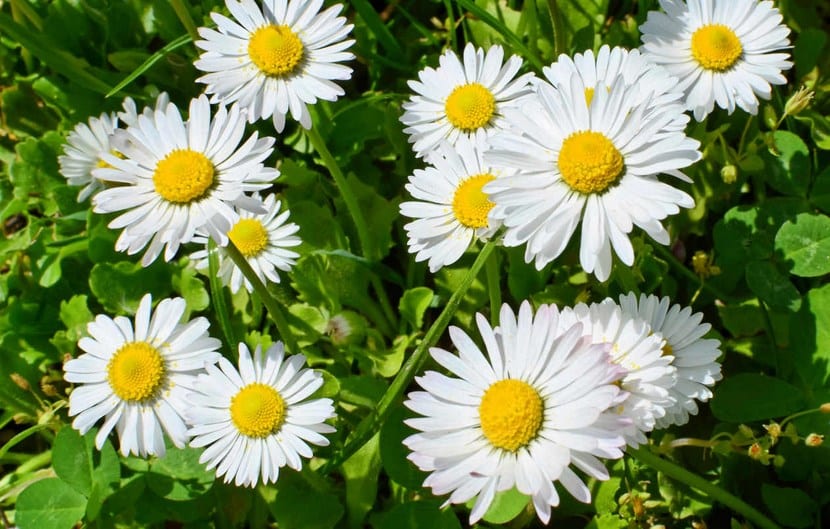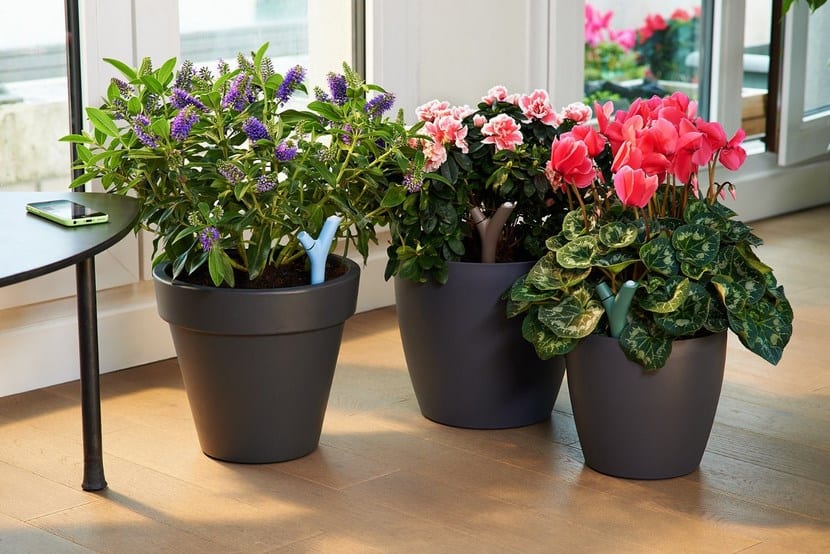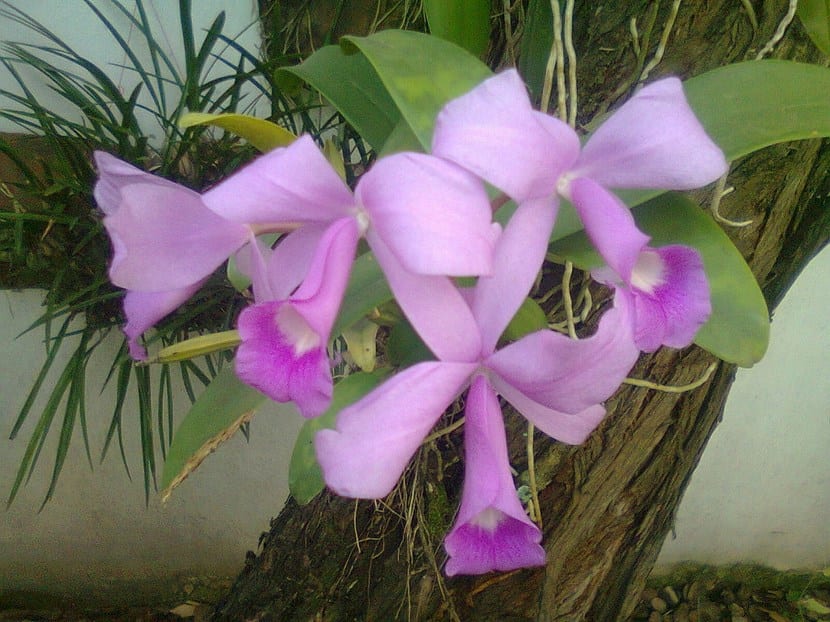
The marketing process includesseveral phases that are reflected below: respiration in plants involves the use of sugars produced during photosynthesis and use of oxygen to produce energy during growth and is that in many respects, respiration is the opposite of photosynthesis.
They use carbon dioxide (CO2) in the environment to produce sugars and oxygen (O2), which can later be used as power source. While photosynthesis occurs only in the leaves and stems, respiration occurs in the leaves, stems and roots.

The respiratory process is represented as follows: C6H12O6 + 6O2? 6CO2 + 6H2O + 32 ATP (energy).
As with photosynthesis, plants absorb oxygen from the air through their stomachs and respiration occurs in the cell mitochondria in the presence of oxygen, this is called "aerobic respiration."
In plants, there are two types of breathing, dark breathing and photorespiration. The first type occurs whether there is light or not, while the second type only happens when there is light.
Role of air temperature
The plants breathe 24 hours a day, but night respiration is more evident because the photosynthesis process ceases.
At night, it is very important that the temperature is colder that during the day; otherwise, the plants could be stressed. Imagine a runner in a marathon, the marathon breathes at a faster pace than a person standing and therefore their body temperature is higher.
The same principle applies to plants: if the temperature rises at night, also increases respiratory rate and the temperature of the plants, causing this damage to the flowers through poor growth.
The roots need oxygen
As mentioned earlier, the roots also breathe, one of the functions of the substrate being act as an air exchange site between the root zone and the atmosphere.
In other words, the roots breathe oxygen like us and is that plants have different oxygen requirements for their root systems.
For example, the root system of a poinsettia requires a lot of oxygen, so it is preferable to use a substrate with high air porosity. On the other hand, hostas do well in a substrate with a high water-holding capacity. Plants with waterlogged soil or excessively dry, sometimes they develop roots on the stem, just above the root crown.
However, for these roots to grow out of the substrate, a high relative humidity.
Ideal conditions for the root zone

The key to optimal plant growth is maintain an ideal root environment, without sacrificing the profitability of production.
Did you know that though its main source is air, the roots can also extract oxygen from the water? Therefore, it is important watering plants to obtain a leachate (15-30% by volume is recommended), since the stale air will be evaluated and replaced by fresh oxygen.
Consideration should also be given to substrate temperature. As the temperature of the root zone increases, the oxygen concentration in the water decreases.
The importance of air in organic substrates
La roots breathing is more important in organic production because the root zone is full of natural microorganisms that convert the organic nutrients in usable ions.
These microorganisms need oxygen because they also work and breathe; Thus, the substrate must contain sufficient oxygen for roots and microorganisms. Therefore, it is a good idea to choose a substrate with high porosity and to use deeper containers, since these will drain well after watering and a good air supply will be created.